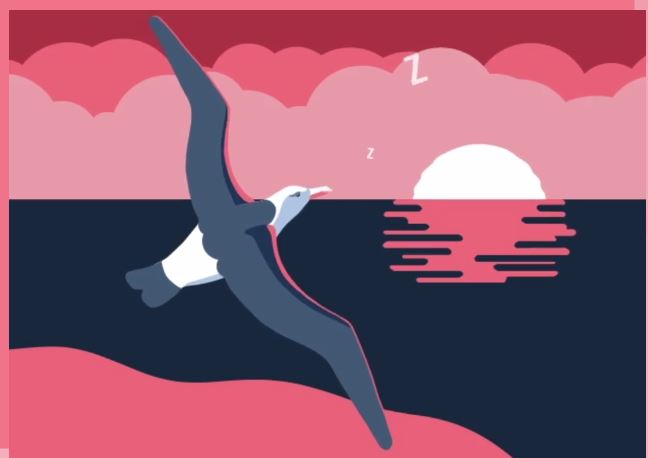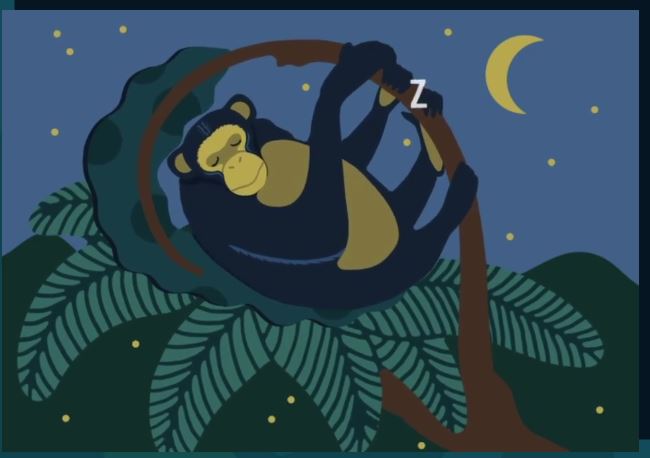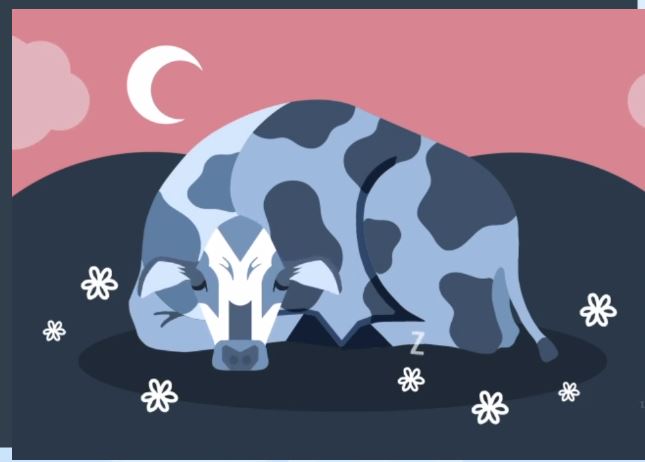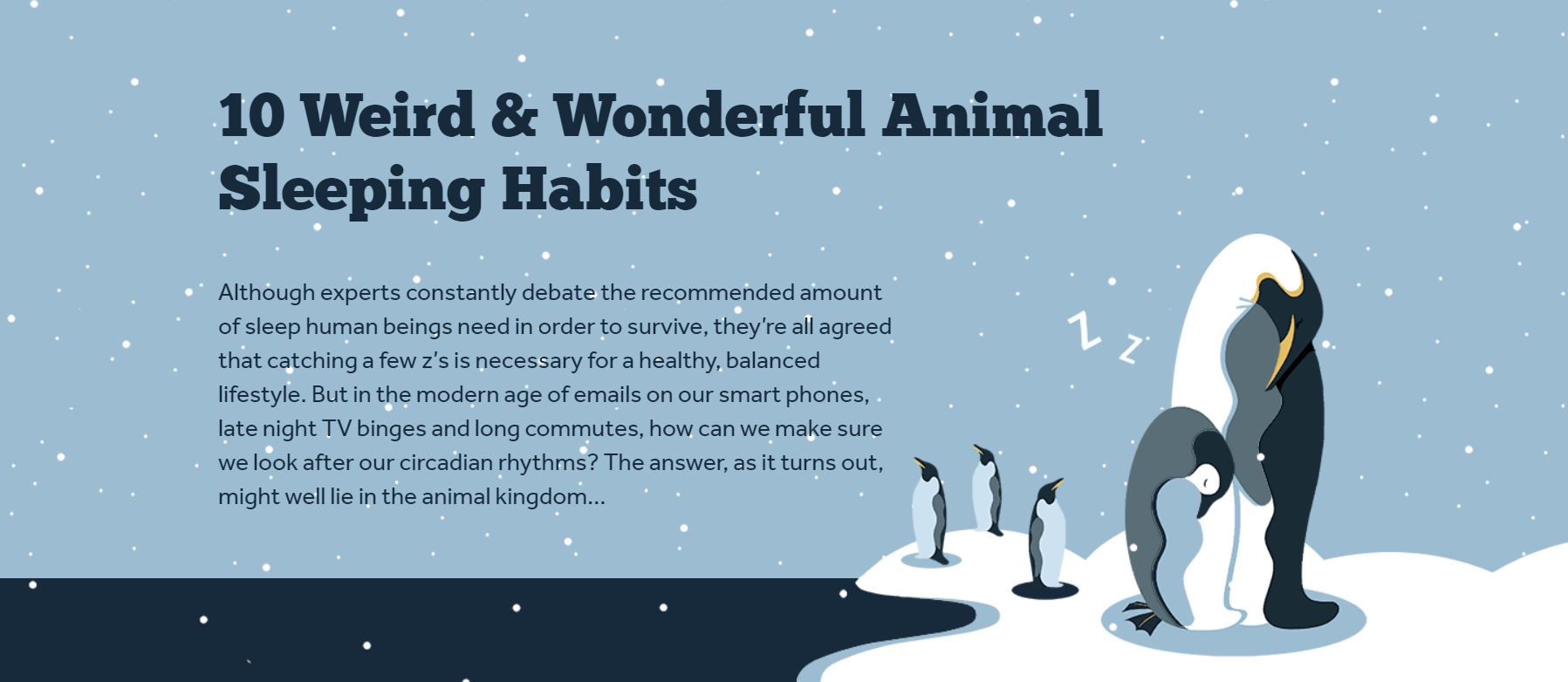Sloths – The Deep Sleeper

The sloth sleeps for 10-15 hours a day. They are commonly referred to as the world’s slowest mammal, and with good reason. Studies have revealed that the common sloth climbs at a rate of around 2 ½ meters per minute.
In line with this, it’s no surprise that the sloth gets some of the most sleep of all the animals on our list, averaging around 10 hours per day, which is considerably more than the average amount of a human gets. Interestingly, it’s reported that sloths in captivity get around double this, usually clocking in between 10 – 15 hours of sleep per day. To avoid threats from predators, sloths are typically found sleeping in trees, and often even sleep whilst hanging from branches.
Albatross – The Dynamic Snorer

As albatrosses spend most of their lives flying above the ocean, it’s no surprise that they’ve developed the ability to actually sleep whilst in flight. One of the world’s largest species of bird, the wandering albatross, nests in Antarctic islands before completing a global journey that will take them around the southern hemisphere, sometimes clocking up to as much as 16 months at sea.
This has led to the birds developing a mastery of dynamic soaring; a flying technique that uses differences in air currents and speeds to maintain altitude with very little energy. Scientists in 2016 discovered that many birds actually sleep whilst they’re flying, catching on average 42 minutes a day. Scientists were even able to observe characteristics of REM sleep, such as relaxed muscle tones, also common in humans.
Chimpanzees – The Bed Builder

One of man’s closest relatives, it’s no surprise that chimpanzees are probably the most sophisticated sleepers on our list. Chimpanzees are known to build their own beds (similar to birds’ nests) from a mixture of branches, leaves and other jungle debris. Depending on their habitat, most chimps will build these high up in the treeline to keep themselves safe from predators on the ground, however scientists have found evidence of beds on the jungle floor in some countries.
Perhaps unsurprisingly, chimpanzees on average get just over the recommended amount of sleep for humans, clocking up over 9 hours per day, which works out at around 40% of their entire lifetime.
Cows – The Big Lie In

Contrary to popular belief, if you see a cow lying down it isn’t a sign that it’s going to rain. Interestingly, however, the cow probably isn’t asleep either. Studies show that cows actually spend over half of their lives (around 14 hours a day) lying down, but just a fraction of this time is spent sleeping. Cows are thought to get just under four hours of sleep each day (around half the recommended amount for humans). The animals will, however, occasionally fall asleep standing up, snoozing for a few minutes at a time.
Dolphin – The One Eye Open Sleeper

Although they spend their entire life at sea, dolphins don’t have gills, so need to intermittently come up for air to avoid drowning – but how do they sleep? The answer: they only technically sleep with half of their brain at a time.
Dolphins are thought to generally sleep in one of two ways, either whilst resting in water (vertically or horizontally) or whilst swimming alongside another dolphin. Whilst asleep, the dolphin keeps one eye open to remain alert for predators, and a certain section of the brain remains conscious to monitor oxygen intake, and decide when it needs to resurface for more air. Dolphins typically sleep for around two hours at a time, spending a third of their life, on average, catching some z’s. After two hours, the animal will ‘reverse’ the sleeping process to periodically rest alternating sides of the brain.
Want to find out about more animals circadian rhythms? Head over to Silentnight: https://www.silentnight.co.uk/weird-animal-sleep-habits


